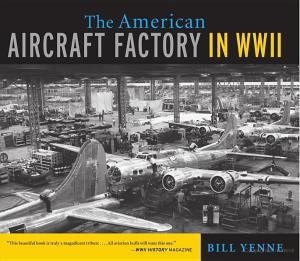"Spies In The Garden: A Novel of War and Espionage" by Bob Bergin takes place during the Japanese invasion of Burma and China. The book centers on the actions of the Flying Tigers (the American Volunteer Group). The book provides a good history of the Flying Tigers wrapped around the story.
The author knows the history of the Flying Tigers. I enjoyed his description of the pilots and their actions. The story begins in November 1941. The fictional hero, Harry Ross, is an American spy working undercover as a writer. He witnesses their early training. The training has with disaster after disaster. The Flying Tigers improve as the story advances into a force feared by the Japanese. Bob Bergin leaves no doubt that he views their performance as far better to the British Royal Air Force.
The narrative commences in Rangoon. Here Ross makes contact with the Flying Tigers. Ross also meets father and daughter Louie and Lucy. Louie is a trader. He supplied lavishness goods to the Chinese Nationalist leaders. Daughter Lucy is stylish and classy as well as beautiful. She and Harry become platonic friends.
Bergin tells a good story. Harry always seems to get out of the jams he encounters. His relationships with Sue and then Tai Li provide information for his work. He receives a Shanghai girl as a reward from Tai LI. She is in bed with the enemy and provides her pillow talk with the Japanese officers to Harry. This endures Harry with his superiors.
By July 1942, the Flying Tigers are winding down. Chennault becomes a Brigadier General. He finds himself working under General Joe Stilwell. We experience the differences between them. We also encounter the differences between the different arms of the Intelligence Services.
Harry does not seem to comprehend all that is happening and its consequences. Ross’ controller Doyle steers him and cautions him about getting caught up with politics.
We are left to contemplate what happens next as the book concludes with the end of the Flying Tigers in July 1942.
There is a final two-page wrap up at the end of the book - "What Became of Them?" It gives a brief winding up of the unanswered questions.
Bob Bergin knows the Flying Tigers. He tells a good story from an American point of view. If you like war, espionage, seduction, and intrigue this book is for you. Moreover, do not be surprised if you learn about the Flying Tigers along the way. I recommend buying the book. Mr. Bergin gives a good story and history of the Flying Tigers for your financial investment.
Reviewed by Jimmie A. Kepler, August 23, 2010.
The author knows the history of the Flying Tigers. I enjoyed his description of the pilots and their actions. The story begins in November 1941. The fictional hero, Harry Ross, is an American spy working undercover as a writer. He witnesses their early training. The training has with disaster after disaster. The Flying Tigers improve as the story advances into a force feared by the Japanese. Bob Bergin leaves no doubt that he views their performance as far better to the British Royal Air Force.
The narrative commences in Rangoon. Here Ross makes contact with the Flying Tigers. Ross also meets father and daughter Louie and Lucy. Louie is a trader. He supplied lavishness goods to the Chinese Nationalist leaders. Daughter Lucy is stylish and classy as well as beautiful. She and Harry become platonic friends.
Bergin tells a good story. Harry always seems to get out of the jams he encounters. His relationships with Sue and then Tai Li provide information for his work. He receives a Shanghai girl as a reward from Tai LI. She is in bed with the enemy and provides her pillow talk with the Japanese officers to Harry. This endures Harry with his superiors.
By July 1942, the Flying Tigers are winding down. Chennault becomes a Brigadier General. He finds himself working under General Joe Stilwell. We experience the differences between them. We also encounter the differences between the different arms of the Intelligence Services.
Harry does not seem to comprehend all that is happening and its consequences. Ross’ controller Doyle steers him and cautions him about getting caught up with politics.
We are left to contemplate what happens next as the book concludes with the end of the Flying Tigers in July 1942.
There is a final two-page wrap up at the end of the book - "What Became of Them?" It gives a brief winding up of the unanswered questions.
Bob Bergin knows the Flying Tigers. He tells a good story from an American point of view. If you like war, espionage, seduction, and intrigue this book is for you. Moreover, do not be surprised if you learn about the Flying Tigers along the way. I recommend buying the book. Mr. Bergin gives a good story and history of the Flying Tigers for your financial investment.
Reviewed by Jimmie A. Kepler, August 23, 2010.





